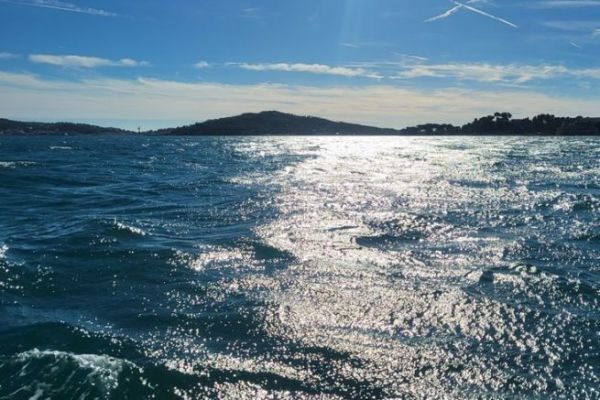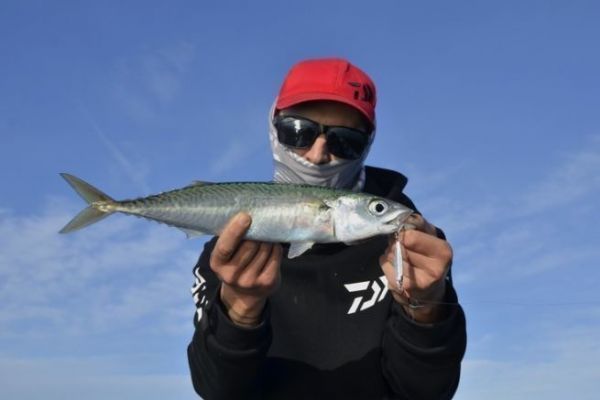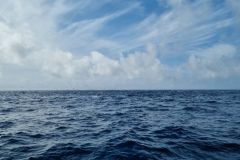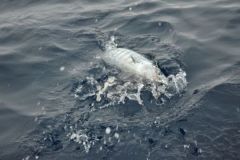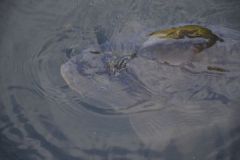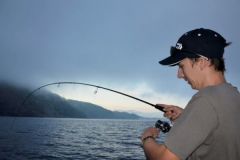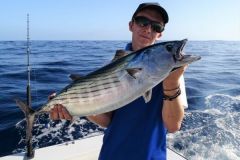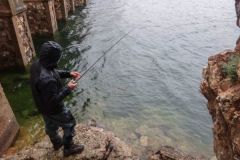Activity hours
Although it's not an exact science, different species of pelagic fish have different activity times, following a pattern that's frequently found. A striking example is the "midday break", which obviously changes according to the season (fish don't own clocks) and the time when the sun is at its zenith.
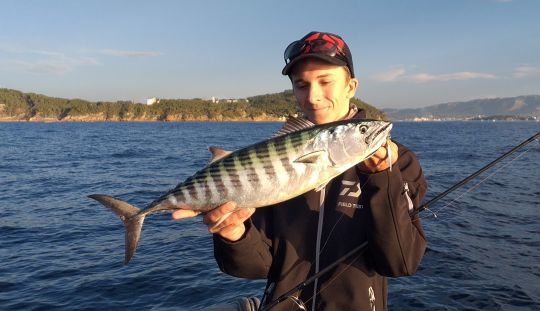
Bluefin tuna and pelagic are fish whose activity very often drops off around 11 am, before picking up again around 2 pm. This is undoubtedly a time when the fish digest their morning meal, before returning to the hunt in the afternoon. From one year to the next, the times are not always the same, but it often happens that from one day to the next, the pattern is exactly the same if the weather conditions are identical.
Wind, a major trigger
The various phenomena created in the water when the wind picks up make it easier for pelagic fish to feed. Of course, fish can't predict the weather, but it's clear that they can feel the differences in atmospheric pressure associated with the onset of wind.
Wind generates several things: firstly, waves, which create a great deal of noise and vibration in the water, camouflaging the movements of predators and rendering them inaudible to their prey. Wave agitation can also disorientate schools of forage fish, causing them to break up into several smaller groups, easier to condense near the surface. Wave action also alters water temperature, mixing surface water with the generally colder water deeper down. This ensures that pelagic fish don't suffer thermal shock when they change water layers to hunt at the surface, before descending below the feeder ball.
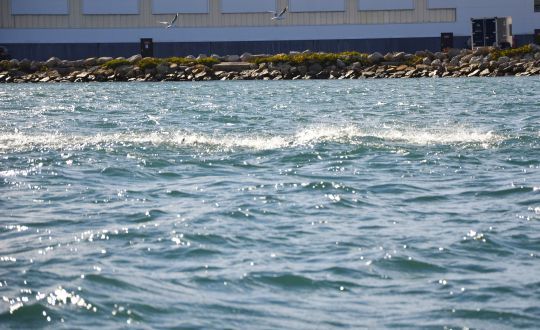
Ambient brightness
You've probably noticed that the vast majority of fish have very contrasting colors between their back and their belly. A fish's back is usually a dark shade of green, blue, gray or black, while its belly is lighter, usually silver or white. This is a very effective camouflage method, since a fish looking down will not easily perceive its predator in a dark color like that of the water bottom.
Conversely, a predator will have difficulty targeting a prey with a very light belly if the sky color is the same shade. This is why pelagic fish are generally hunted in bright sunshine, as the prey is more likely to stand out against a blue sky than against a grey, cloud-laden one.
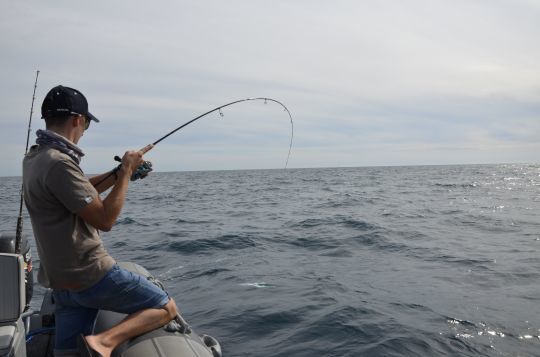

 /
/ 